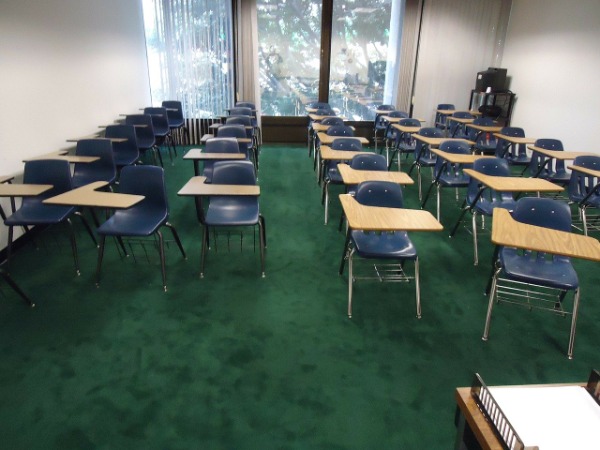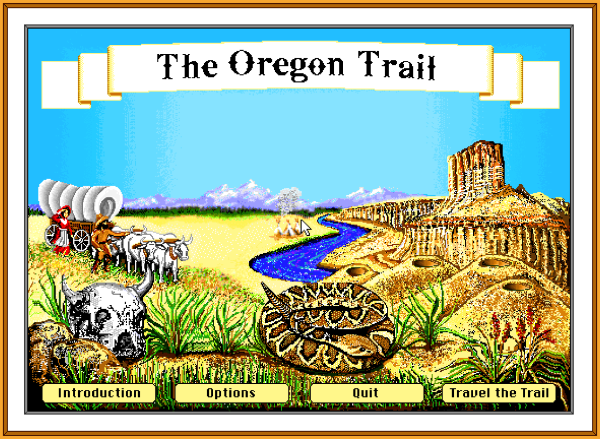Higher Education Responds to COVID-19
 The coronavirus has been an unexpected disruptor to education around the globe. In March 2020, most institutions K-20 started canceling in-person classes and moving to online-only instruction. The pandemic is also disrupting things on campuses outside classrooms and labs. Admissions and enrollment, athletics, and many social and campus community activities have been halted or severely altered. Financial instability from unexpected costs and reductions in revenue touch on all aspects of school operations.
The coronavirus has been an unexpected disruptor to education around the globe. In March 2020, most institutions K-20 started canceling in-person classes and moving to online-only instruction. The pandemic is also disrupting things on campuses outside classrooms and labs. Admissions and enrollment, athletics, and many social and campus community activities have been halted or severely altered. Financial instability from unexpected costs and reductions in revenue touch on all aspects of school operations.
This summer the National Council of State Legislatures (NCSL) began posting information about what it is seeing happening in higher education in response to COVID-19. (There is also a K-12 responses page.)
Many responses from the spring no longer apply to this fall. The situation continues to develop. The immediate problems in March and the short-term solutions implemented have become long-term challenges. NCSL is obviously concerned with legislation enacted because of the pandemic. Bills to ensure students receive refunds for room and board expenses, pause the collection of payments on state held student loans, and in some cases to require higher education institutions to develop and expand emergency preparedness and response plans. Like the colleges, legislators must have strategies to address funding and appropriations for public colleges and universities.
The NCSL site has a lot of information and I will summarize some that seem pertinent here. Any report from the spring semester or summer plans is likely to have been changed. Every school probably had several possible plans for fall 2020 but there was hope early on that we might return to something like normal classes or at least a hybrid approach. But we saw reversals in in-person classes almost immediately in September with some schools switching back to being almost completely or completely online.
The 3 plans that almost every school were preparing:
In-Person Instruction (with social distancing and precautions)
Hybrid-HyFlex Model or Limiting Students on Campus
Moving to Online-Only Instruction
A good number of colleges planned one of those things over the summer, perhaps even implemented the plan, but have already moved to another option.
Concerns and Issues:
- The quality of online-only classes for instruction, particularly for students who are already academically struggling
- Helping students who might lack access to an internet connection, including opening university libraries on a limited basis and distributing mobile hotspots to students.
- Reconsidering grading systems to try and accommodate and support students in transition.
- Under "unexpected expenses" we find pro-rated refunds issued to students for room and board (tuition refunds demanded by many students have not materialized)
- Sanitizing dormitories, classroom, and facilities
- A variety of technology costs associated with moving to online courses.
- Hiring freezes for faculty and pay cuts or furloughs for staff.
- Adjunct and part-time faculty make up more than 40% of faculty nationwide have issues with generally lacking paid sick leave and health insurance from their college.
- Postponed campus tours and admissions events and a decline in admissions visit requests.
- Limited access to college dorms, dining halls, and work-study programs
- Closures impact current and future students’ ability to receive and manage financial aid.
- Dealing with more than 1 million international students studying in the U.S. (2019, who make up about 6% of the total higher education student population.
- Collegiate athletics is not at the top of most faculty concerns but it affects college budgets (including income) and student financial aid through scholarships.
Many of these issues were thought to be (or hoped to be) short-term concerns but have become long-term items.

 Ghosh is a computer scientist turned policymaker so much of the focus in the book is on industry leaders and policymakers. Technology has done a lot of good but it has also exacerbated social and political divisions. This year we are hearing again about how technology
Ghosh is a computer scientist turned policymaker so much of the focus in the book is on industry leaders and policymakers. Technology has done a lot of good but it has also exacerbated social and political divisions. This year we are hearing again about how technology  Students can also access the
Students can also access the 